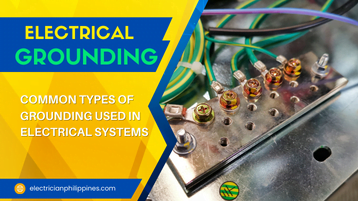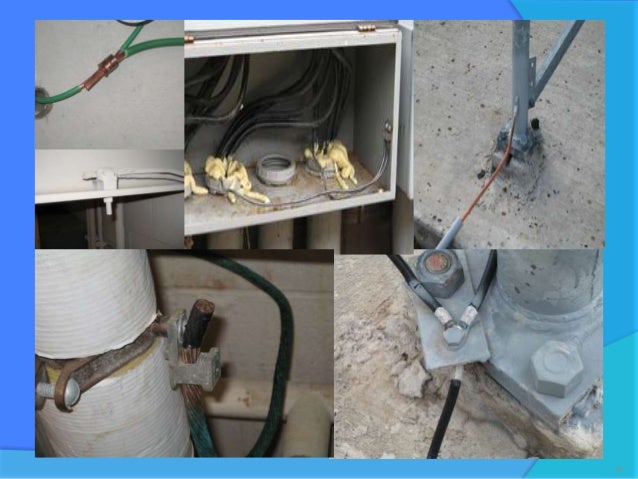9 Recommended Practices for Grounding Circuit Diagram Solid grounding refers to a grounding system in which an electrical power system is directly connected to the ground, and there is no intentional independence included in the circuit. Solidly grounded systems can utilize large amounts of ground-fault current and thus make faults much easier to locate compared to ungrounded systems.

The ground-fault circuit will flow from the utility transformer through the supply conductors to the home, through the electrical panel's circuit breaker, to the point of the unintentional ground-fault connection in the washing machine, through the green equipment grounding conductor or metal conduit system, back through the electrical panel

Electrical Grounding Homeowner's Guide and How It Works Circuit Diagram
Learn the fundamental principles and applications of grounding electrical systems, such as system grounding, neutral grounding, equipment grounding, bonding, static grounding, and lightning protection. This article explains the terms, standards, rules, and benefits of grounding for electrical safety and operation. Modern Grounding Techniques and Innovations. Grounding isn't stuck in the Stone Age. With technological advancements, there have been significant innovations in grounding techniques. Latest trends in electrical grounding. From wireless grounding systems to smart monitoring, the world of grounding is evolving rapidly. The grounding system must ensure maximum safety from electrical system faults and lightning. A good grounding system must receive periodic inspection and maintenance, if needed, to retain its effectiveness!. Continued or periodic maintenance is aided through adequate design, choice of materials and proper installation techniques to ensure that the grounding system resists deterioration or

When an electrical system is grounded, the currents are guided down a pathway to the ground so that they cannot make contact with people and sensitive electronic equipment. When working with electricity, it is best to work with a professional electrician to make sure that proper electrical grounding techniques are used throughout your home.

9 Recommended Practices for Grounding Circuit Diagram
Electrical Grounding Techniques. Grounding and bonding are the basis upon which safety and power quality are built. The grounding system provides a low-impedance path for fault current and limits the voltage rise on the normally non-current-carrying metallic components of the electrical distribution system. The earth is not to be considered as an effective ground-fault current path [see 250.4(A)(5)]. Using proper grounding and bonding techniques, testing and maintaining a good electrical ground and installing protection devices are the best ways to protect people and equipment from electrical shock. Proper Grounding Techniques

